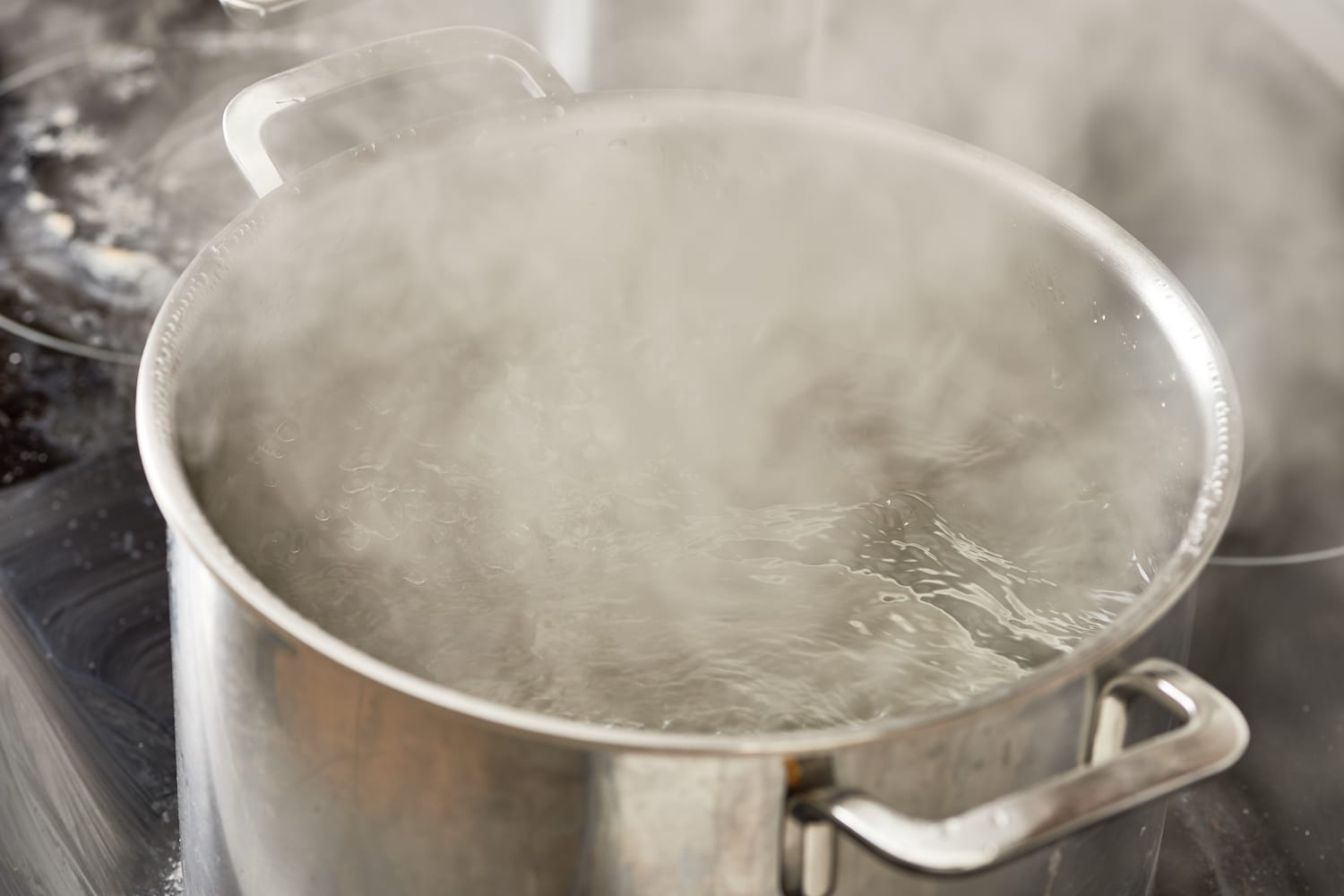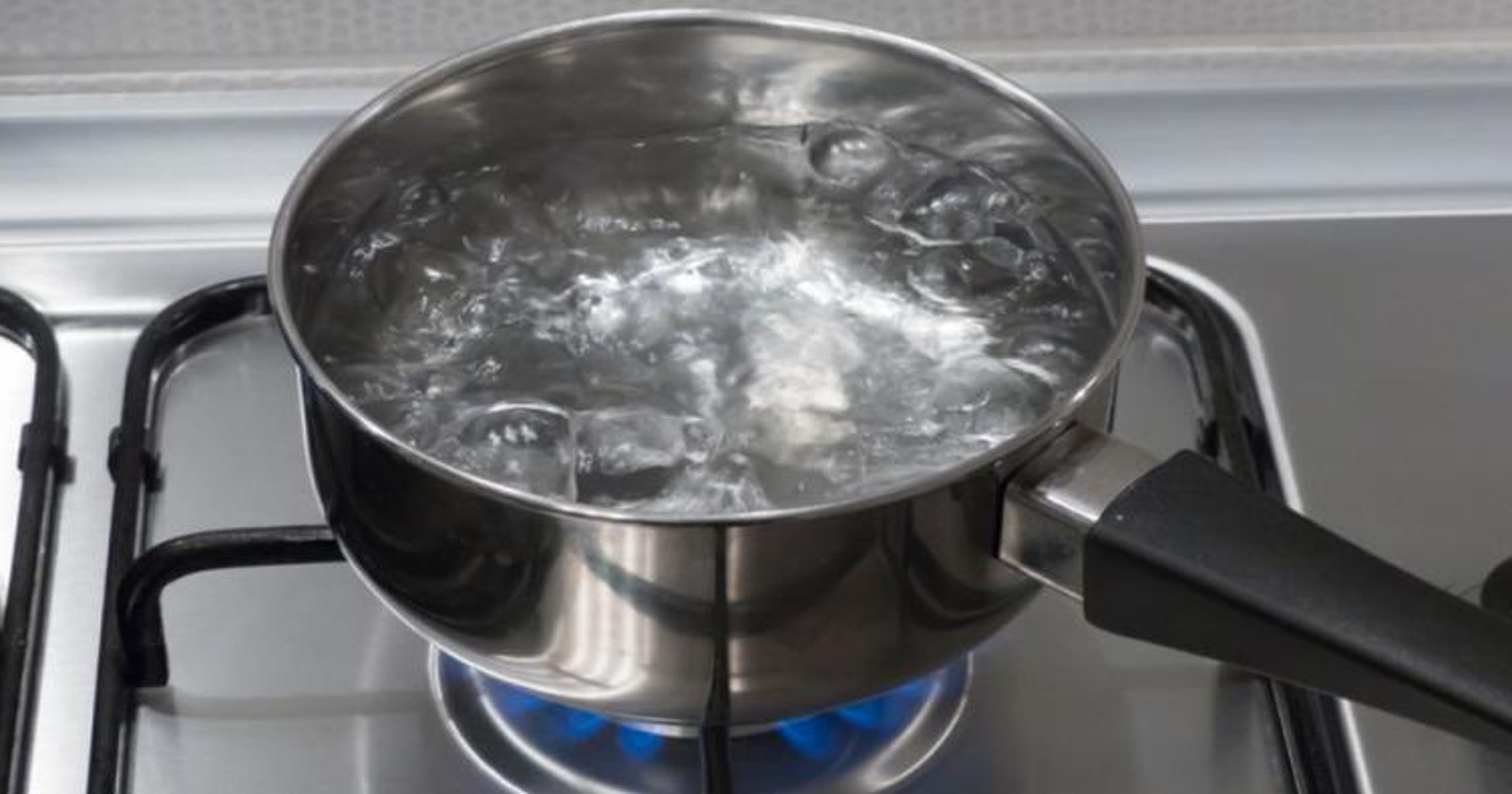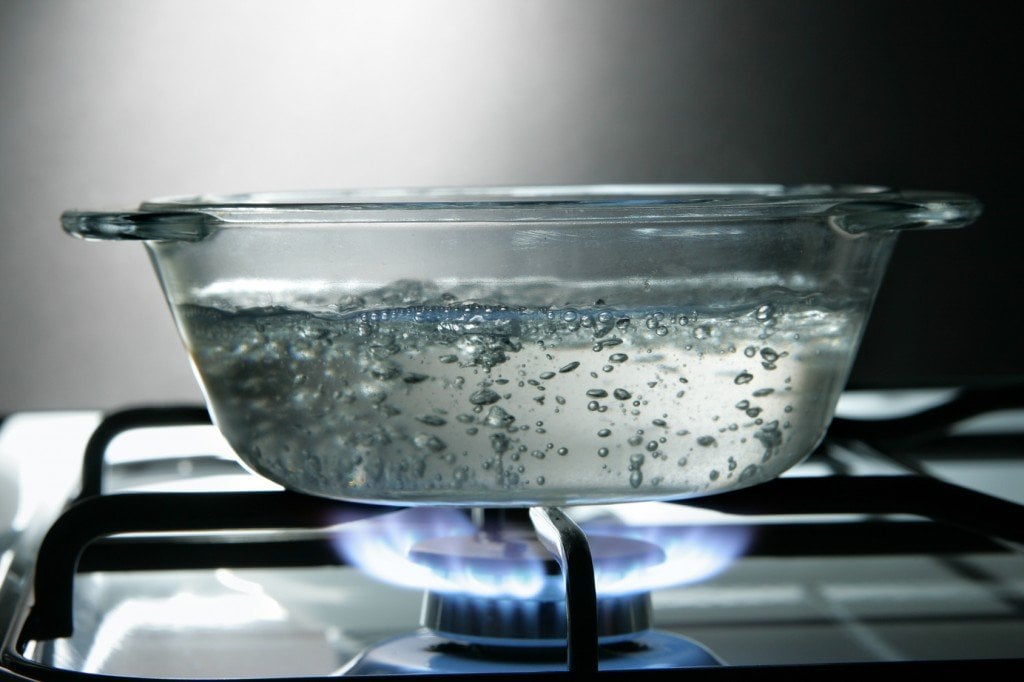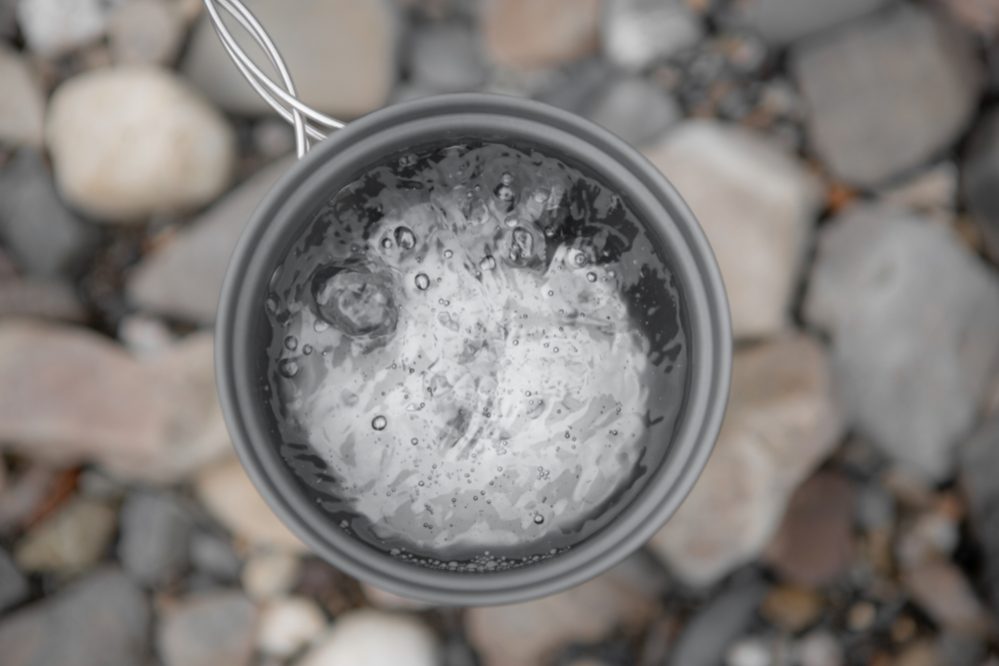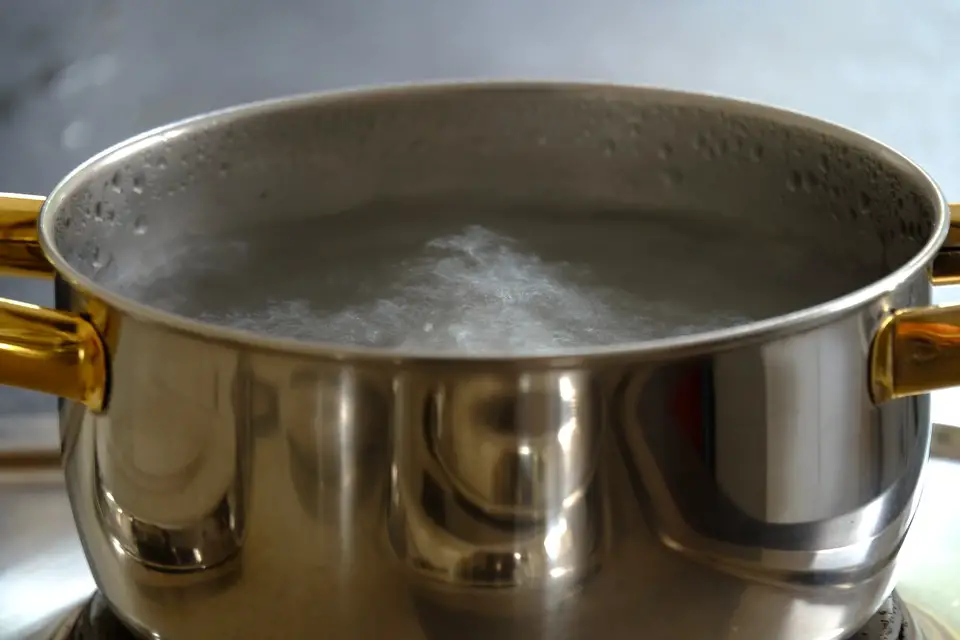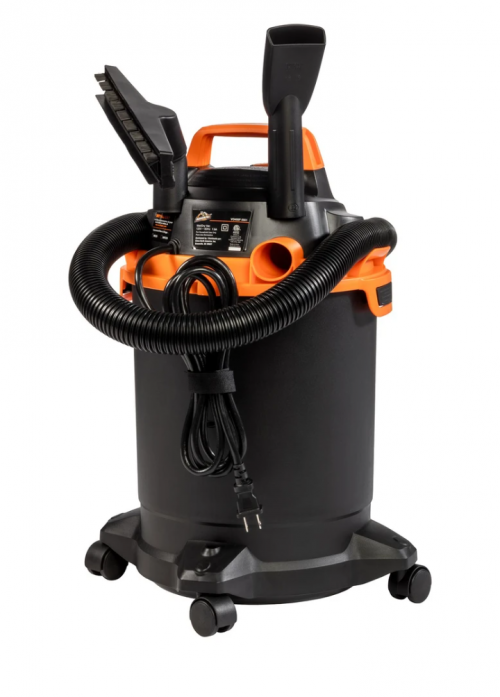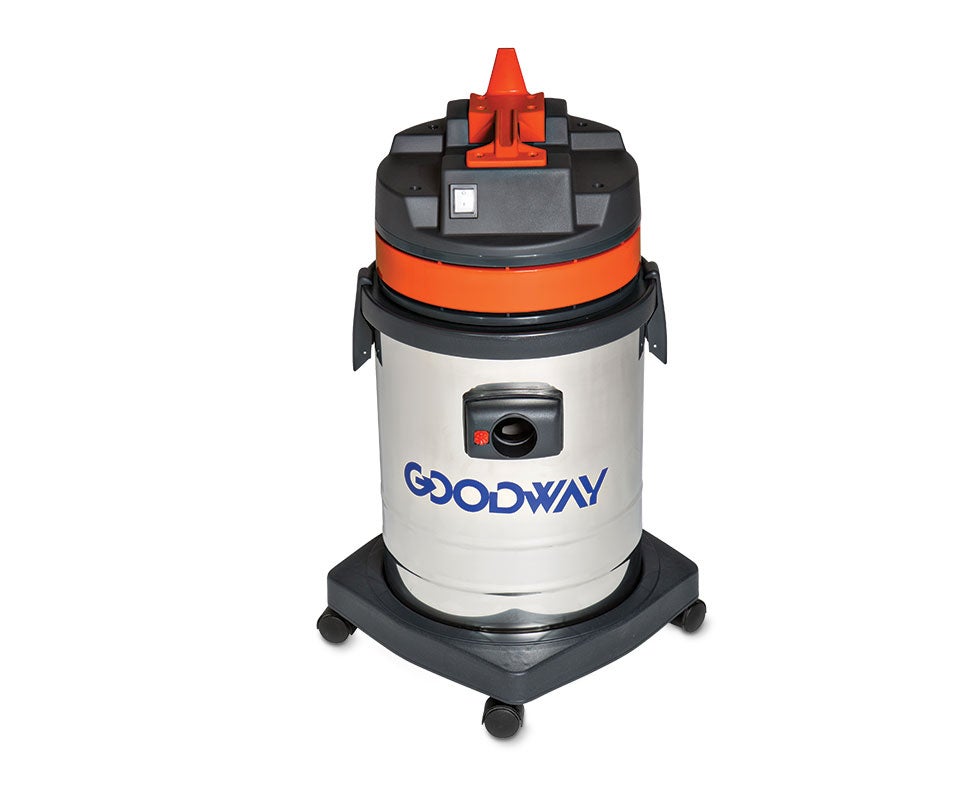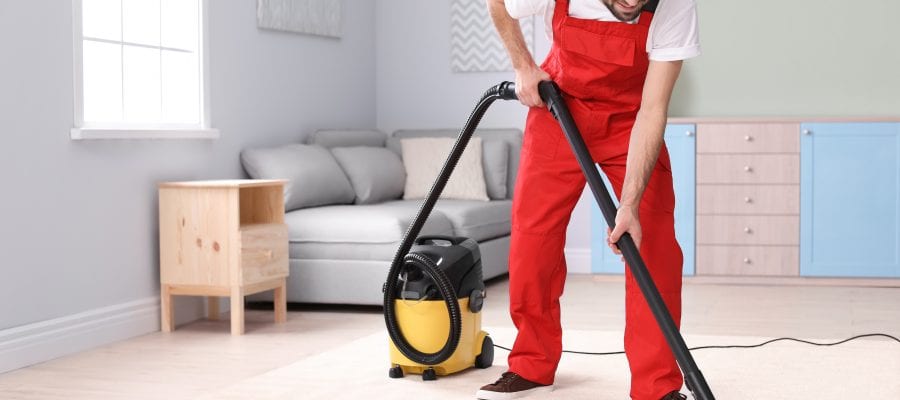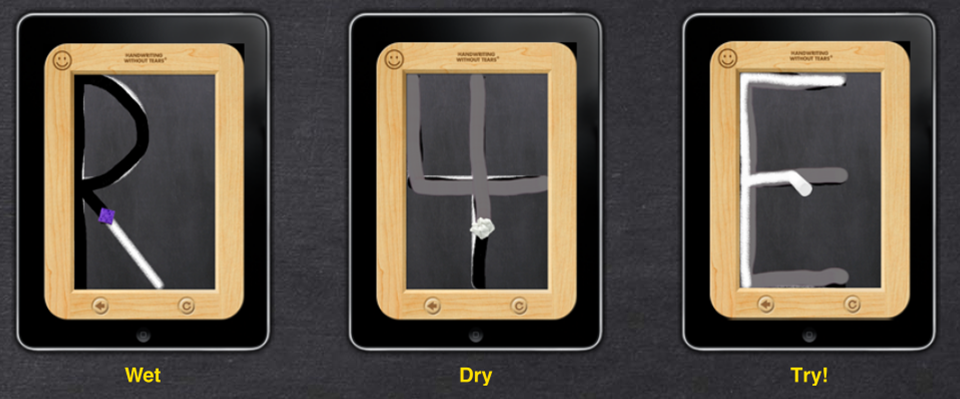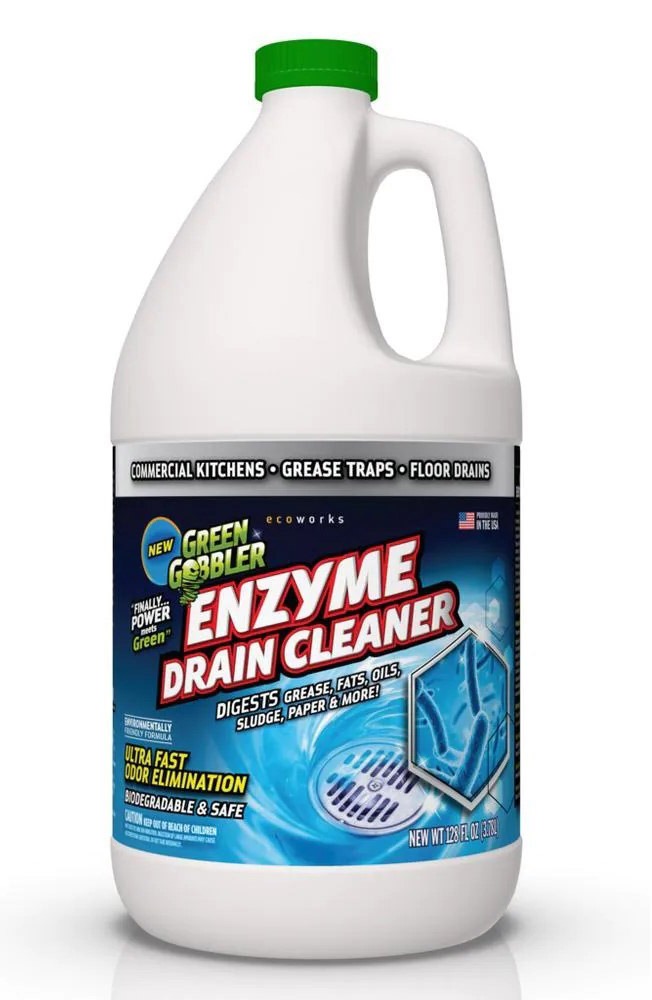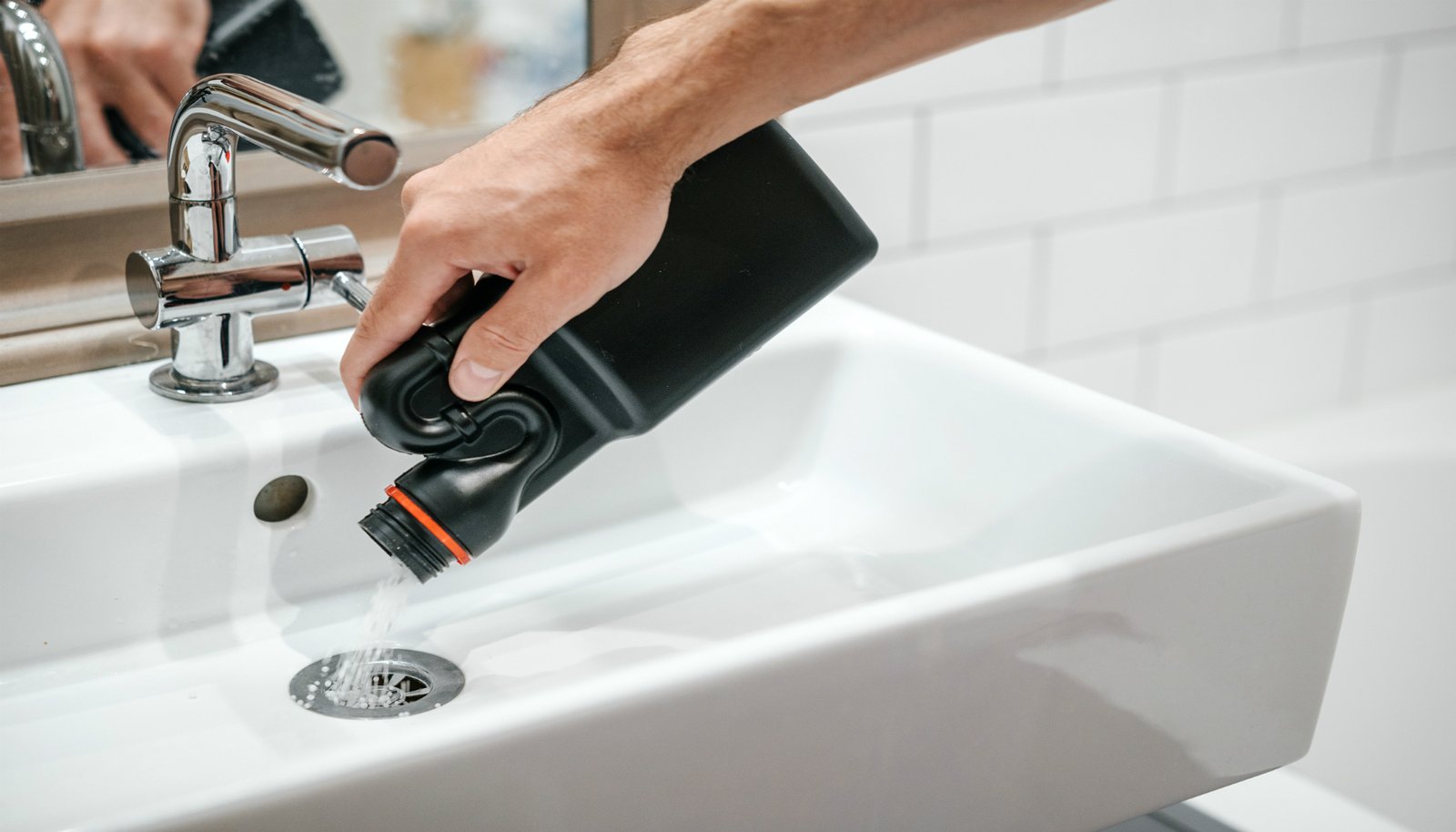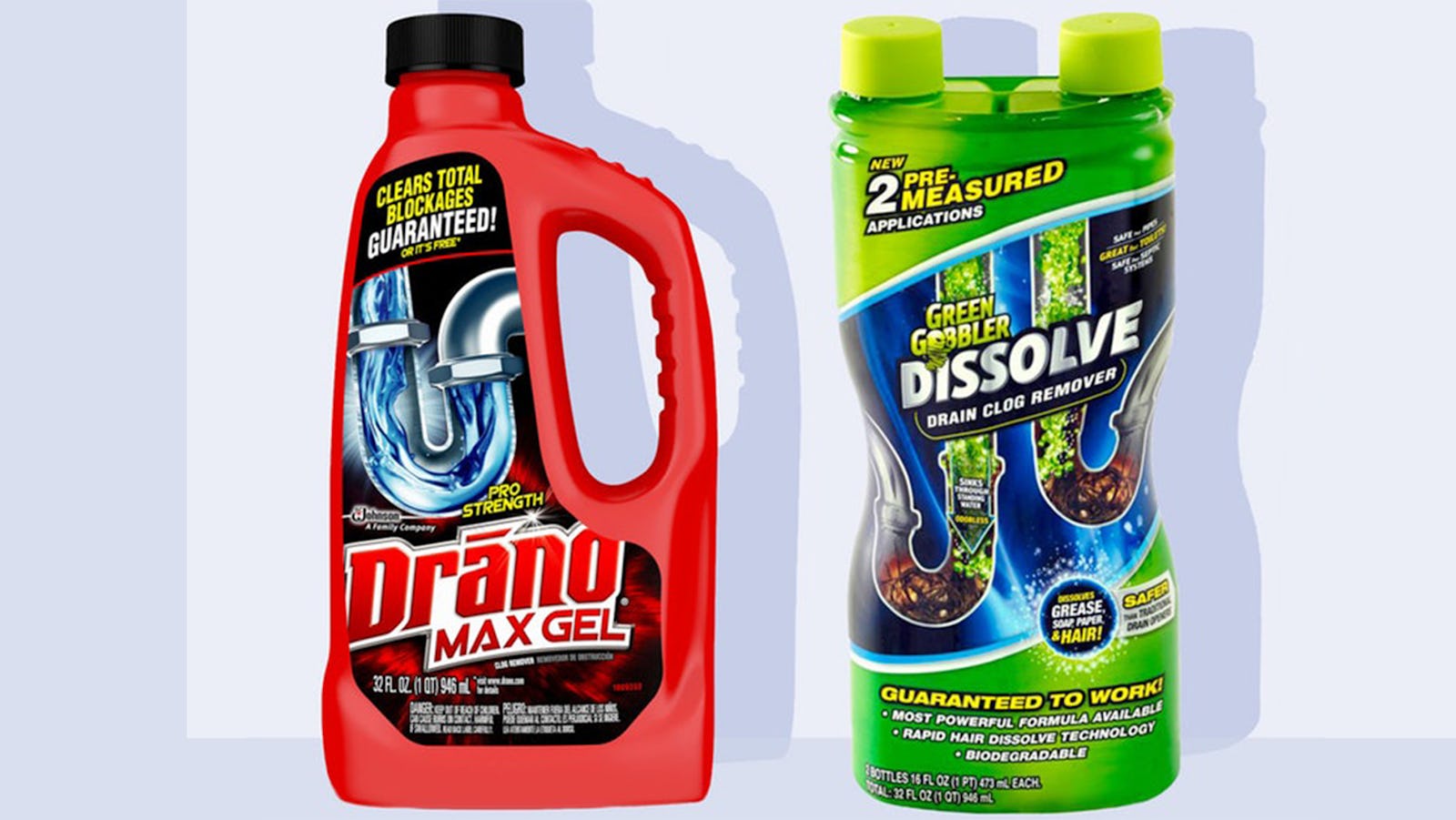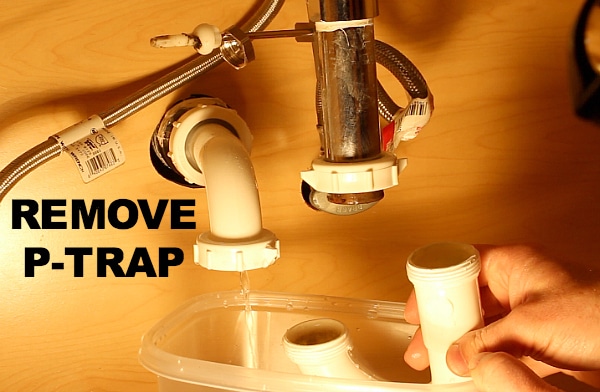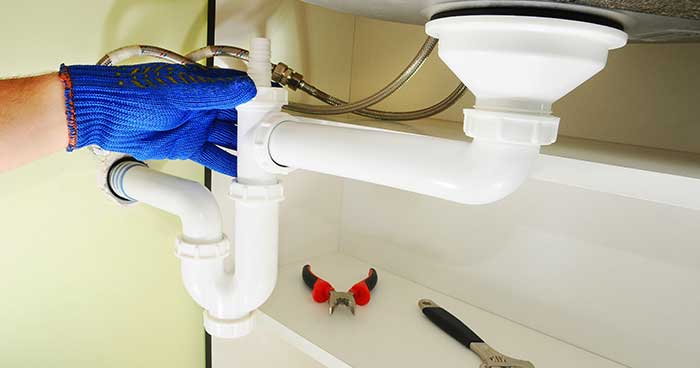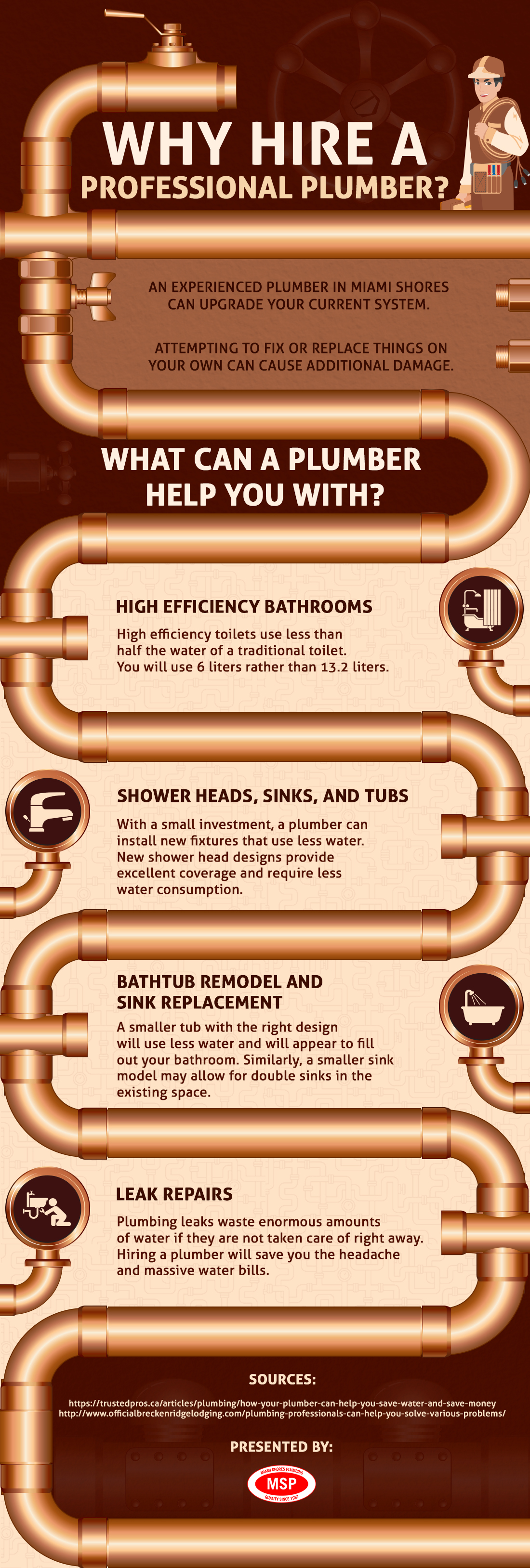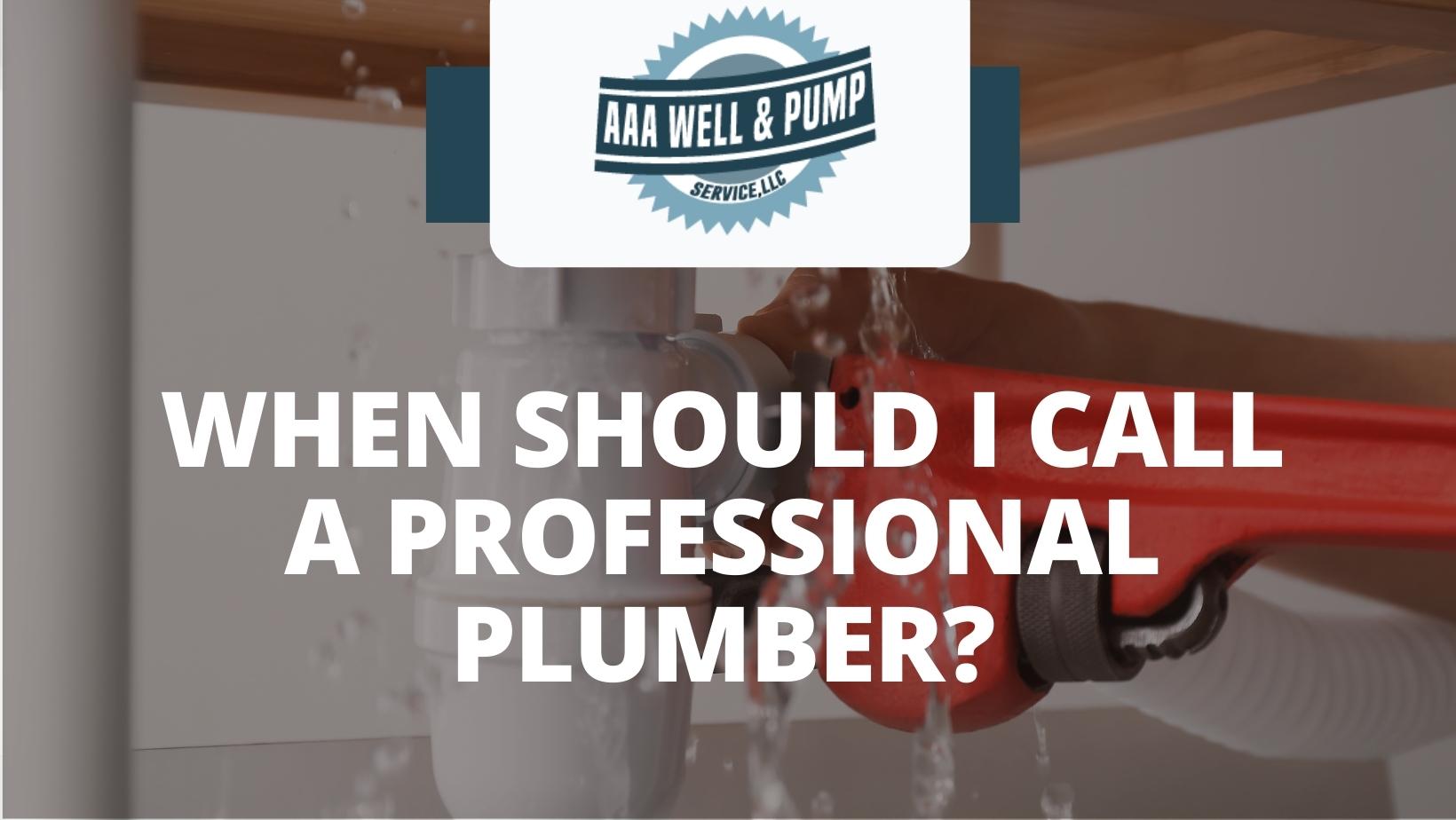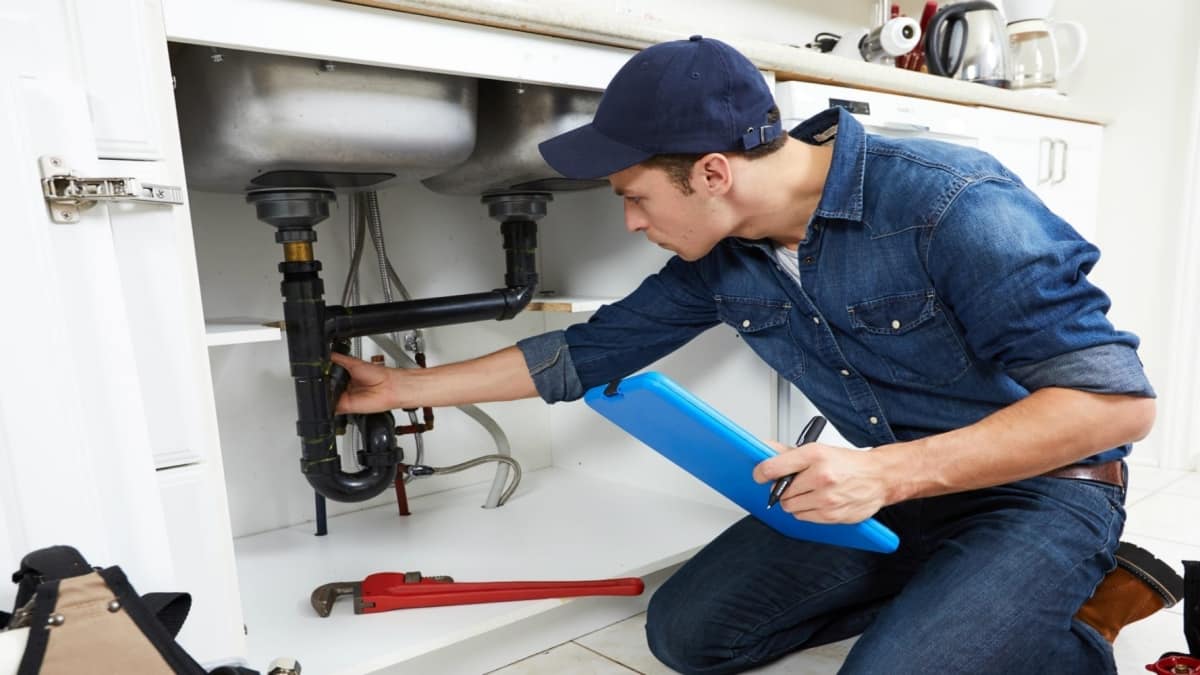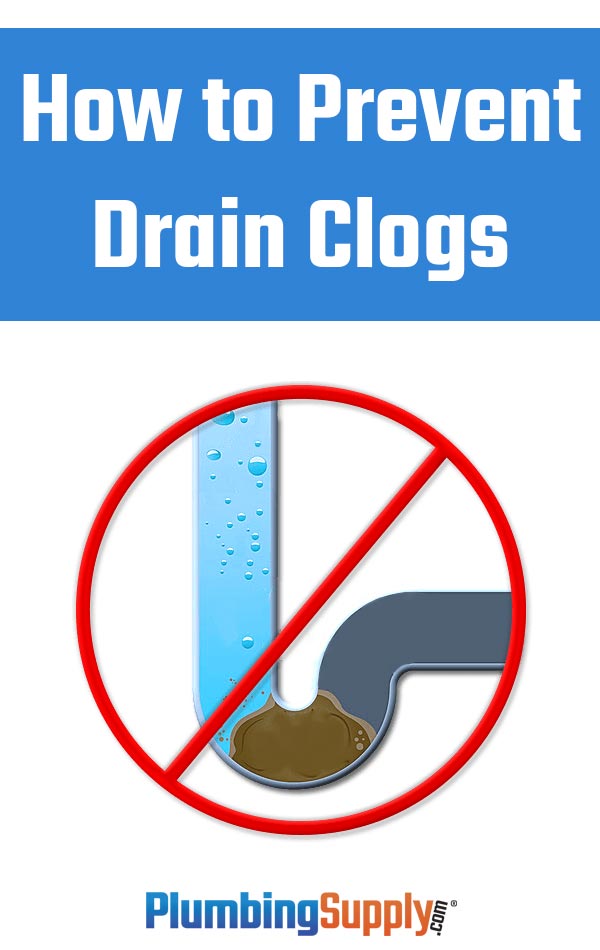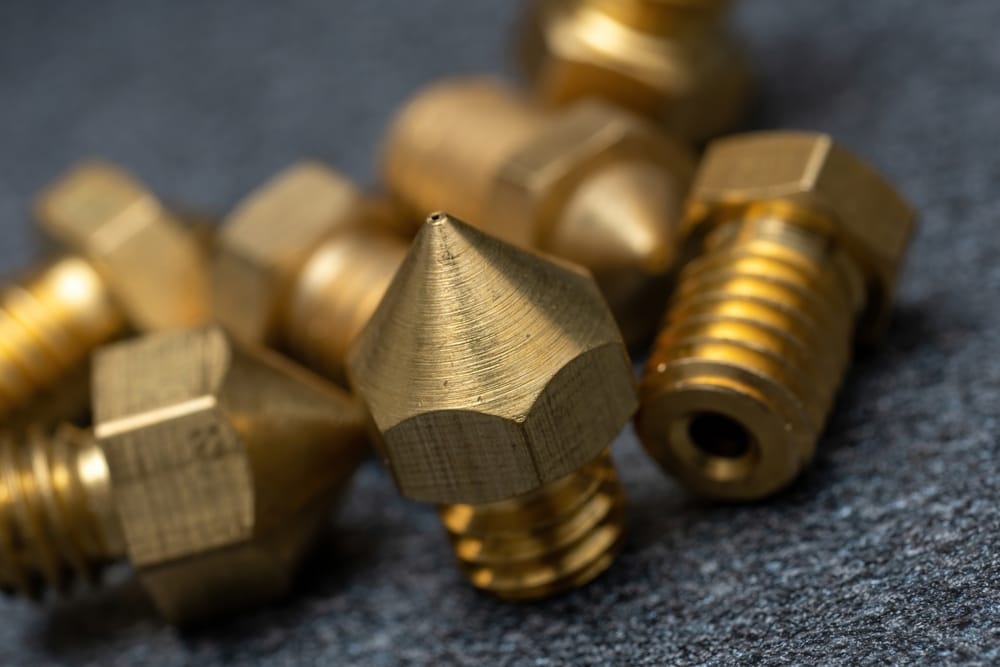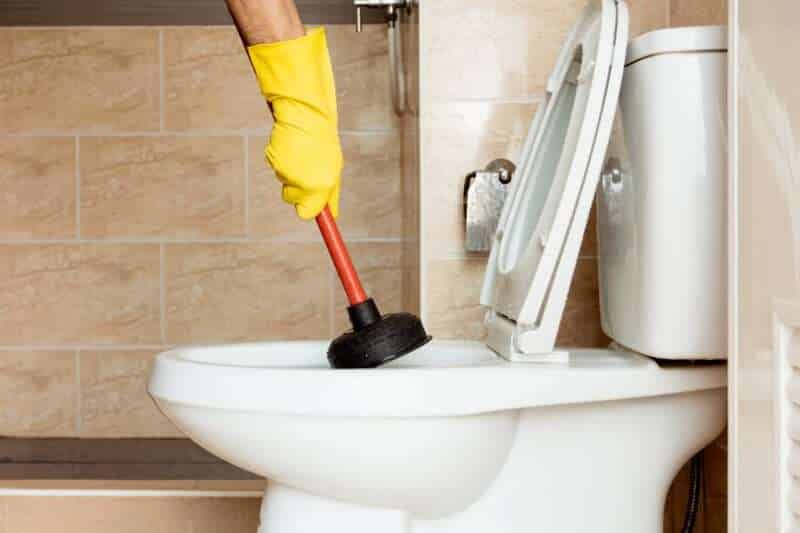If your kitchen sink is clogged, the first thing you should try is using a plunger. This simple tool can often quickly and easily clear out blockages. Place the plunger over the drain and pump it up and down several times to create suction. Then, pull up quickly to break the seal and hopefully dislodge the clog. For best results, make sure to use a plunger specifically designed for sinks, as it will have a flat bottom that can create a good seal. You may also need to cover any other nearby drains with a wet cloth to prevent air from escaping and affecting the suction. Pro tip: Add some petroleum jelly to the rim of the plunger for a better seal and more effective plunging.1. Use a Plunger
If a plunger doesn't do the trick, the next step is to try a drain snake. This long, flexible tool can reach deep into your pipes to break up and remove clogs. Insert the snake into the drain and turn the handle to break through the blockage. Once you feel the resistance decrease, pull the snake back out, hopefully bringing the clog with it. Pro tip: If you don't have a drain snake, you can try using a wire hanger. Straighten it out and bend one end into a hook to pull out any debris.2. Use a Drain Snake
If you prefer to use natural methods, you can make your own drain cleaner using ingredients you likely already have in your kitchen. Mix together 1/2 cup of baking soda and 1/2 cup of vinegar and pour it down the drain. Let it sit for 15-20 minutes, then pour boiling water down the drain to flush out the clog. Pro tip: You can also add a few drops of essential oil or lemon juice to the mixture for a fresh scent.3. Try a Homemade Drain Cleaner
Baking soda and vinegar can also be used separately to clear a clogged kitchen sink. Pour 1 cup of baking soda down the drain, followed by 1 cup of vinegar. Let it sit for 15-20 minutes, then pour boiling water down the drain. The fizzing reaction between the two ingredients can help break up and dislodge the clog. Pro tip: Repeat this process a few times if the clog is stubborn.4. Use Baking Soda and Vinegar
If you have a grease clog, boiling water may be all you need to clear it out. Boil a pot of water on the stove and carefully pour it down the drain in stages, allowing it to work for a few seconds between each pour. The hot water will melt the grease and hopefully push it through the pipes. Pro tip: This method works best for minor clogs, so you may need to try another method if the clog remains.5. Use Boiling Water
A wet/dry vacuum can also be a helpful tool for clearing out clogged kitchen sinks. Set the vacuum to the wet setting and cover the drain with the hose. Turn it on and let it suck out the clog. Make sure to empty the vacuum canister or bag afterward to avoid any potential messes. Pro tip: For best results, use a shop vac or a vacuum with a strong suction power.6. Try a Wet/Dry Vacuum
If all else fails, you can try using a chemical drain cleaner. These products are designed to dissolve and break up clogs, but they can also be harsh on your pipes and the environment. Follow the instructions carefully, and make sure to wear gloves and protective eyewear. Pro tip: Avoid using chemical drain cleaners if you have a septic system, as they can kill off the beneficial bacteria.7. Use a Chemical Drain Cleaner
If the clog is located in the P-trap under your sink, you may need to remove and clean it out. Place a bucket or bowl under the P-trap to catch any water and debris, then use pliers to remove the slip nuts and take the trap off. Clean it out and put it back in place, making sure the slip nuts are tightened securely. Pro tip: Use a wire brush or pipe cleaner to clean out any buildup in the P-trap.8. Remove and Clean the P-Trap
If you've tried all of the above methods and the clog still won't budge, it may be time to call in a professional plumber. They have the tools and expertise to handle even the toughest clogs and can also identify and fix any underlying issues with your plumbing. Pro tip: Regular maintenance and cleaning of your drains can help prevent clogs and save you from having to call a plumber in the future.9. Call a Professional Plumber
Once you've successfully cleared your clogged kitchen sink, it's important to take steps to prevent future clogs. Avoid pouring grease, oil, and food scraps down the drain, and use a drain cover to catch any larger debris. Regularly clean and maintain your drains to keep them clear and functioning properly. Pro tip: Consider installing a garbage disposal to help break up food scraps and prevent clogs. In conclusion, a clogged kitchen sink can be a frustrating and inconvenient problem, but with these top 10 best methods, you can easily clear out the blockage and get your sink back to working properly. Whether you prefer natural methods or don't mind using chemical cleaners, there is a solution for every type of clog. Remember to also take preventative measures to avoid future clogs and keep your kitchen sink running smoothly.10. Prevent Clogs in the Future
Why a Plunger is the Best Method to Clear Clogged Kitchen Sink

Efficiency and Effectiveness
 A clogged kitchen sink can be a major inconvenience, causing water to back up and making it difficult to use the sink for everyday tasks like washing dishes or preparing food. When faced with this issue, many homeowners resort to using chemical drain cleaners or calling a plumber for help. However, the best and most efficient method to clear a clogged kitchen sink is actually a simple tool that can be found in most households - the plunger.
Using a plunger is not only effective, but it is also much more efficient compared to other methods. Chemical drain cleaners may take hours to work and can be harmful to the environment, while calling a plumber can be costly and time-consuming. With a plunger, you can clear a clogged kitchen sink in just a matter of minutes, saving you time and money.
A clogged kitchen sink can be a major inconvenience, causing water to back up and making it difficult to use the sink for everyday tasks like washing dishes or preparing food. When faced with this issue, many homeowners resort to using chemical drain cleaners or calling a plumber for help. However, the best and most efficient method to clear a clogged kitchen sink is actually a simple tool that can be found in most households - the plunger.
Using a plunger is not only effective, but it is also much more efficient compared to other methods. Chemical drain cleaners may take hours to work and can be harmful to the environment, while calling a plumber can be costly and time-consuming. With a plunger, you can clear a clogged kitchen sink in just a matter of minutes, saving you time and money.
Easy to Use
 One of the main advantages of using a plunger is its simplicity. You don't need any special skills or knowledge to use it effectively. Simply place the rubber end of the plunger over the drain and push and pull in a pumping motion. This creates suction and pressure that can dislodge the clog and allow water to flow freely again.
One of the main advantages of using a plunger is its simplicity. You don't need any special skills or knowledge to use it effectively. Simply place the rubber end of the plunger over the drain and push and pull in a pumping motion. This creates suction and pressure that can dislodge the clog and allow water to flow freely again.
Safe for Your Pipes and the Environment
 Chemical drain cleaners may be effective in clearing clogs, but they can also be harmful to your pipes and the environment. The harsh chemicals in these cleaners can erode pipes over time and cause damage to the environment when they are flushed down drains. Using a plunger, on the other hand, is a safe and environmentally-friendly option for clearing clogs.
In conclusion, when faced with a clogged kitchen sink, don't reach for the chemical drain cleaner or the phone to call a plumber just yet. Instead, reach for a plunger and try this simple and effective method to clear the clog. Not only is it more efficient and easy to use, but it is also safer for your pipes and the environment. Keep a plunger handy in your household and you'll never have to worry about a clogged kitchen sink again.
Chemical drain cleaners may be effective in clearing clogs, but they can also be harmful to your pipes and the environment. The harsh chemicals in these cleaners can erode pipes over time and cause damage to the environment when they are flushed down drains. Using a plunger, on the other hand, is a safe and environmentally-friendly option for clearing clogs.
In conclusion, when faced with a clogged kitchen sink, don't reach for the chemical drain cleaner or the phone to call a plumber just yet. Instead, reach for a plunger and try this simple and effective method to clear the clog. Not only is it more efficient and easy to use, but it is also safer for your pipes and the environment. Keep a plunger handy in your household and you'll never have to worry about a clogged kitchen sink again.

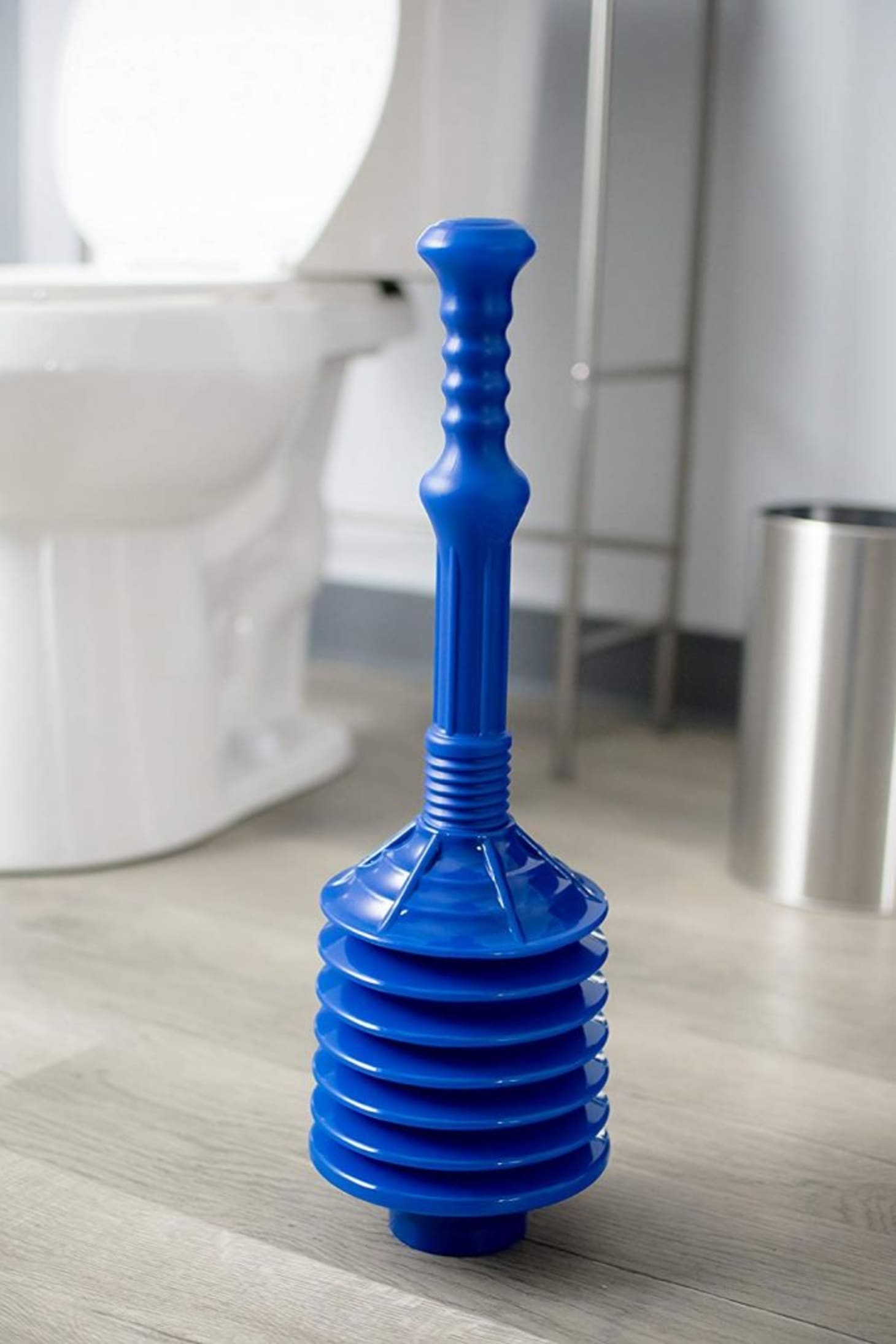
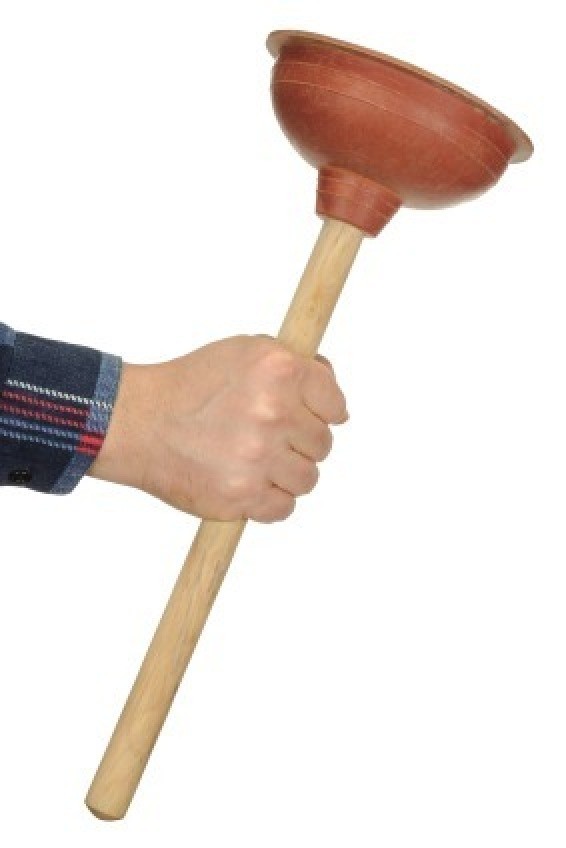
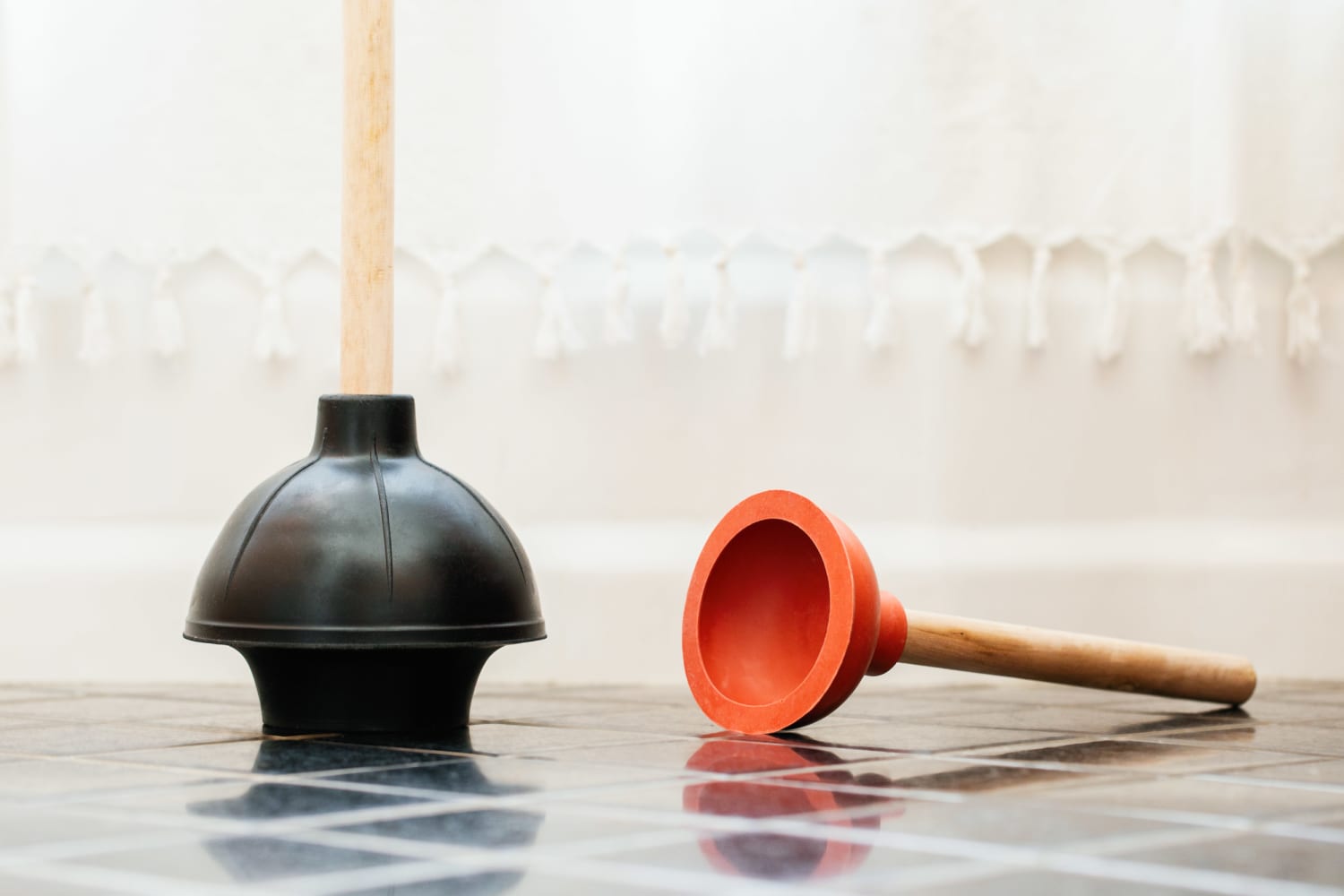



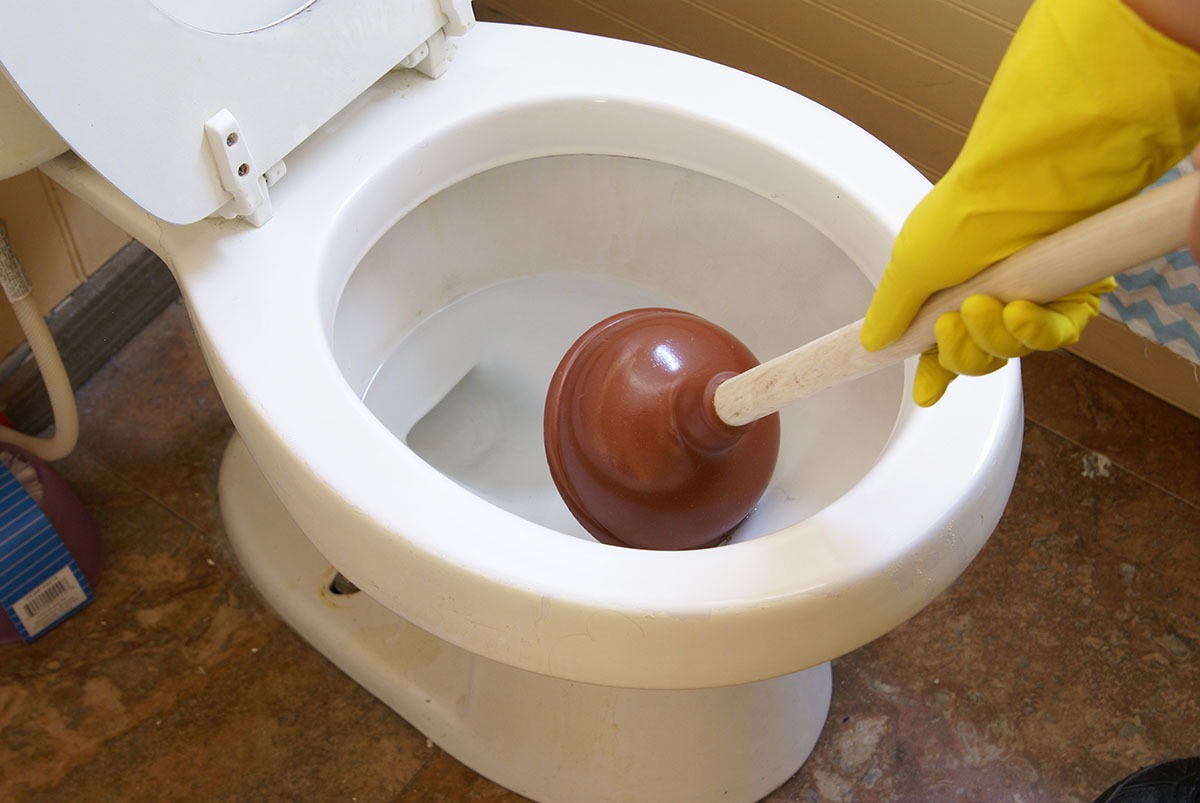
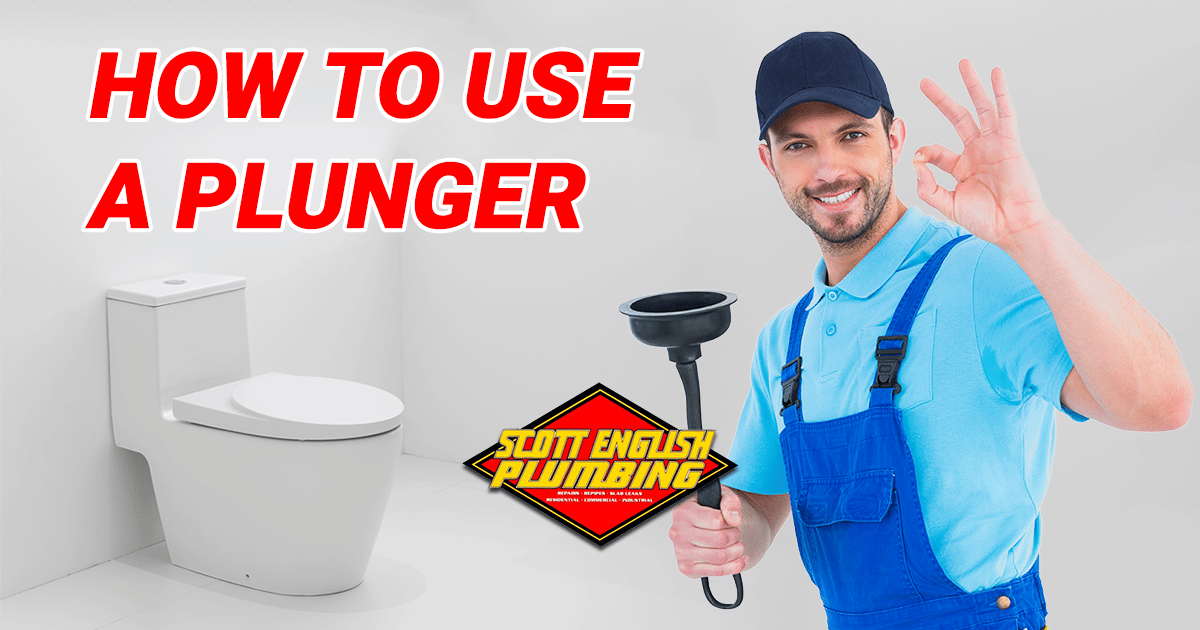






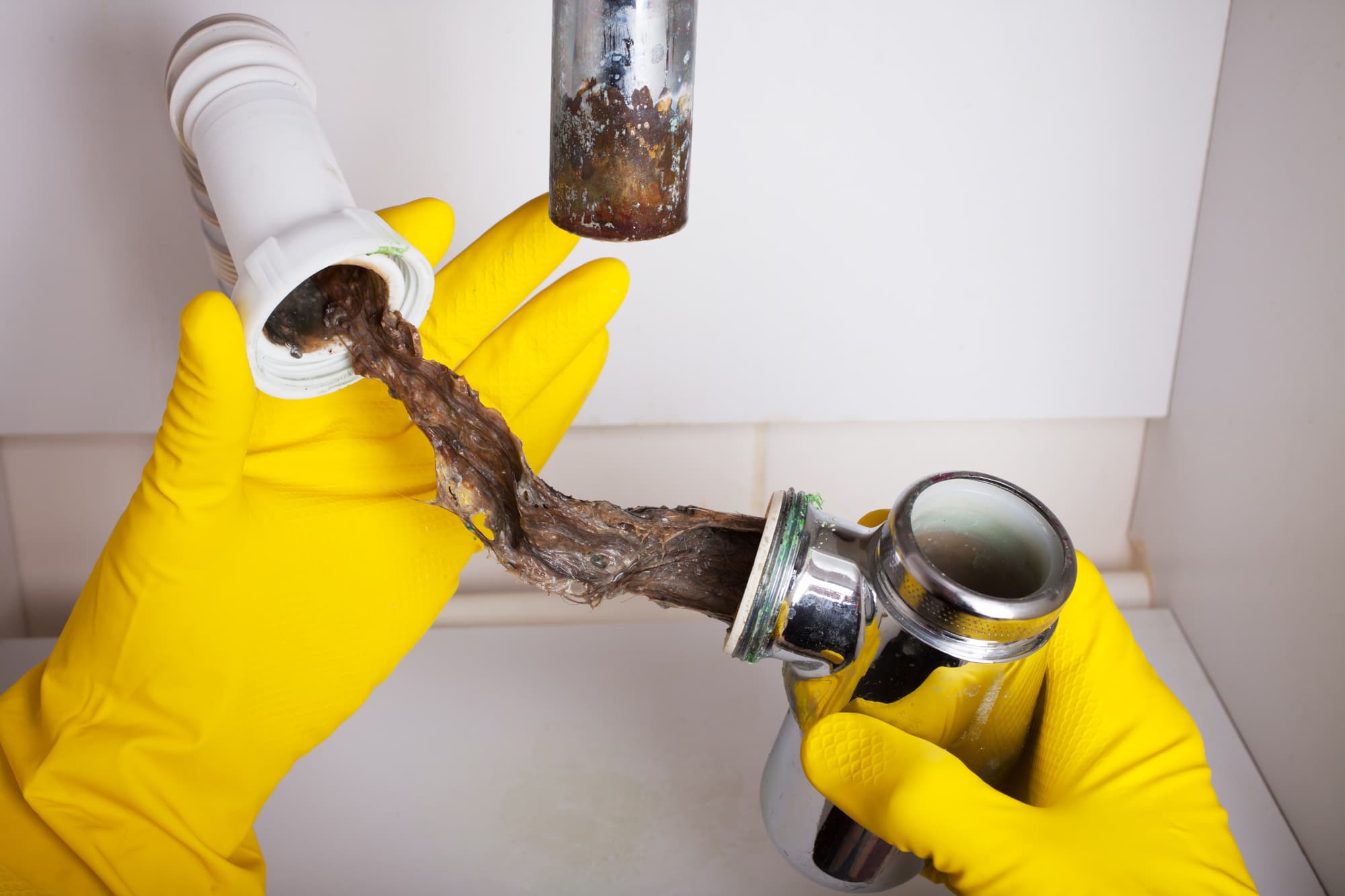






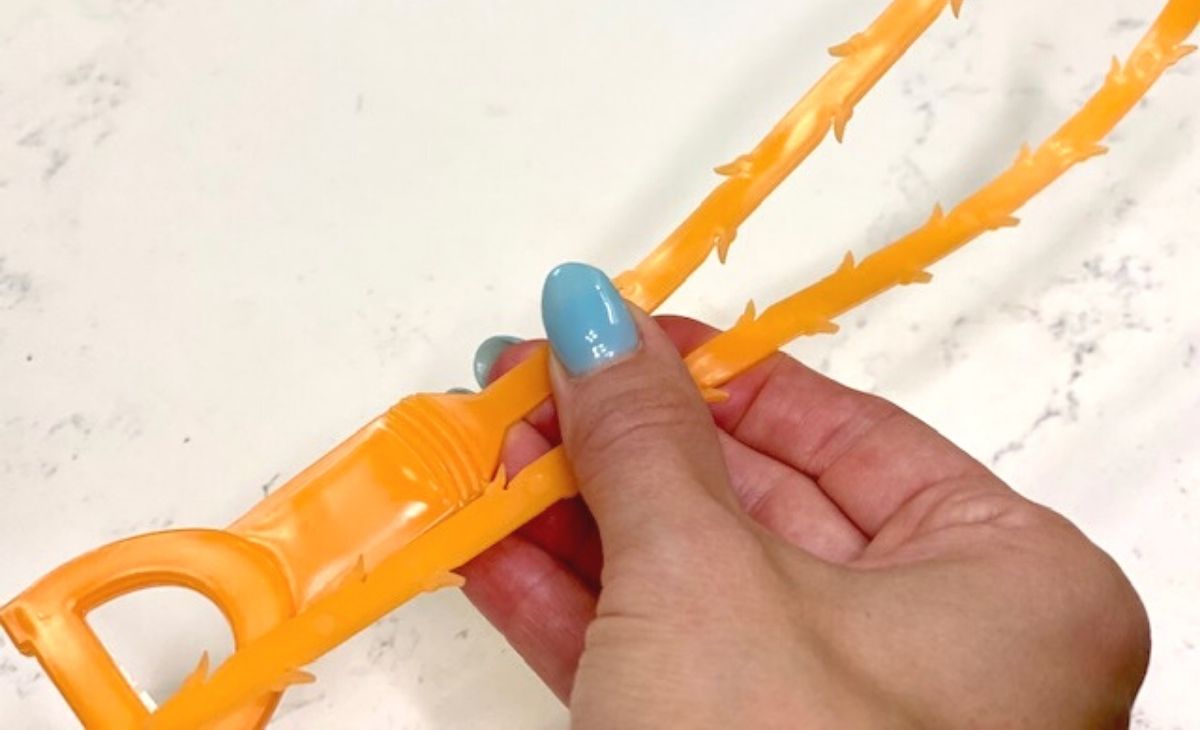




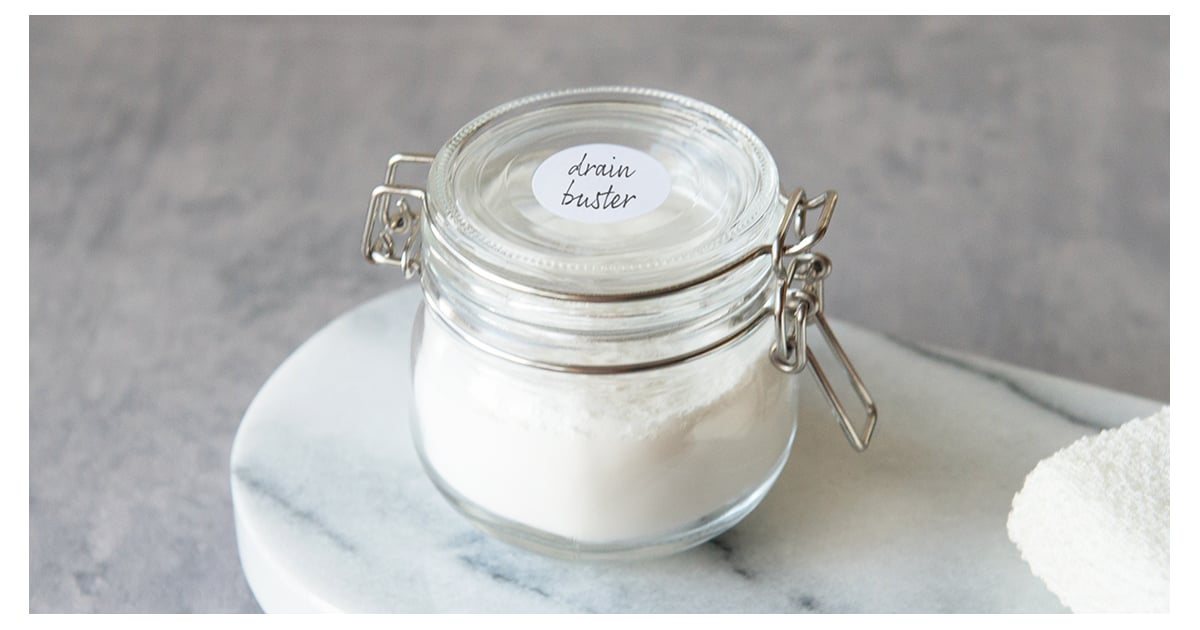

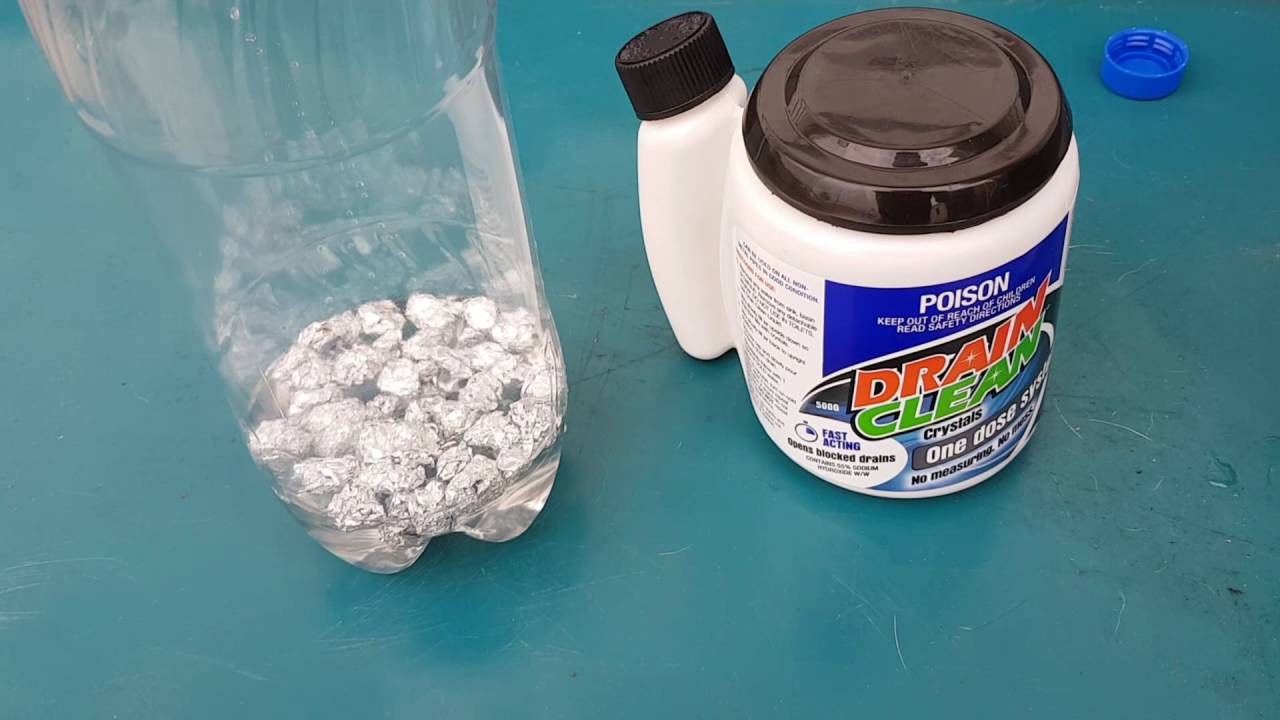
:max_bytes(150000):strip_icc()/homemade-drain-cleaner-2718784_01_1041-09a5264ba2a34698816e62a385f0895f.jpg)







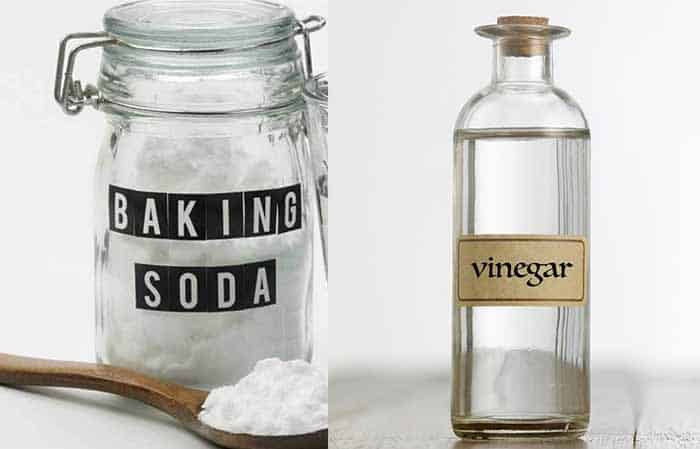
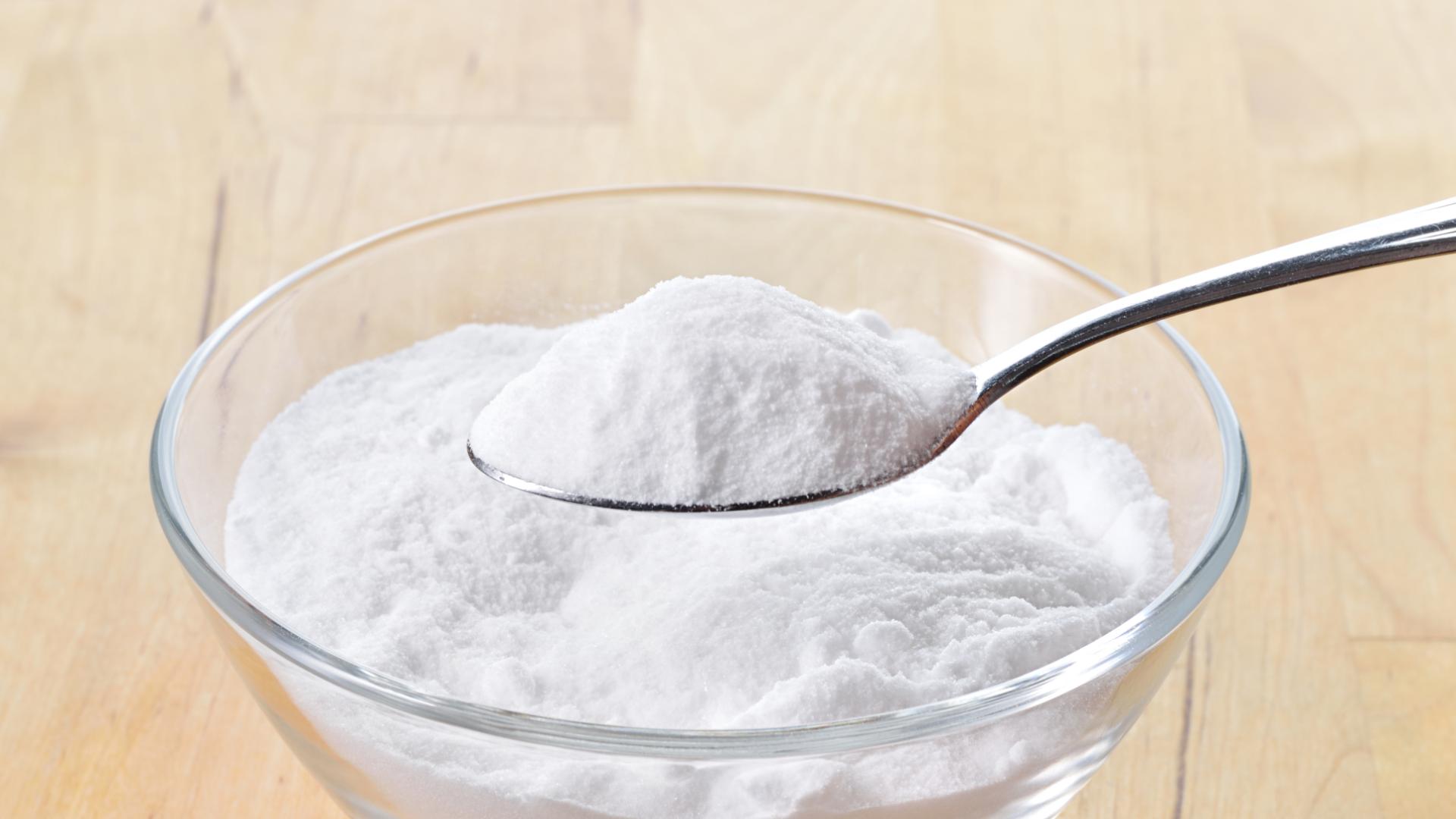
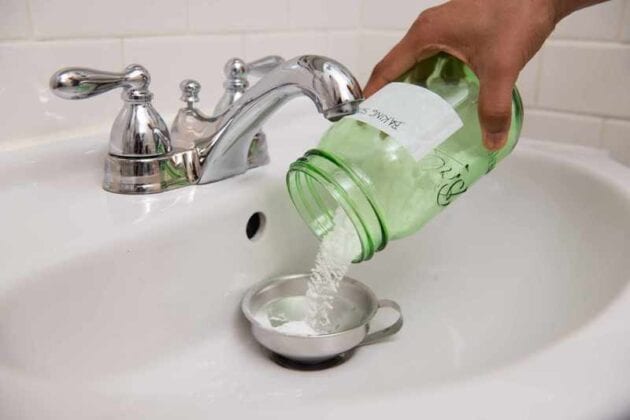
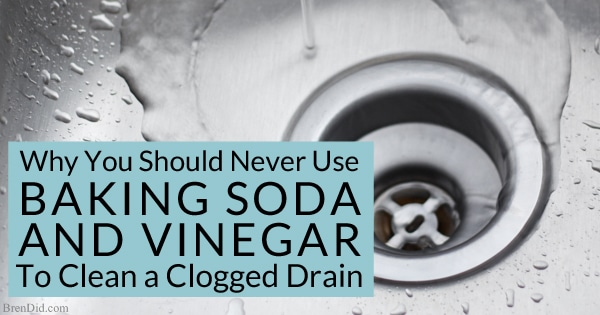

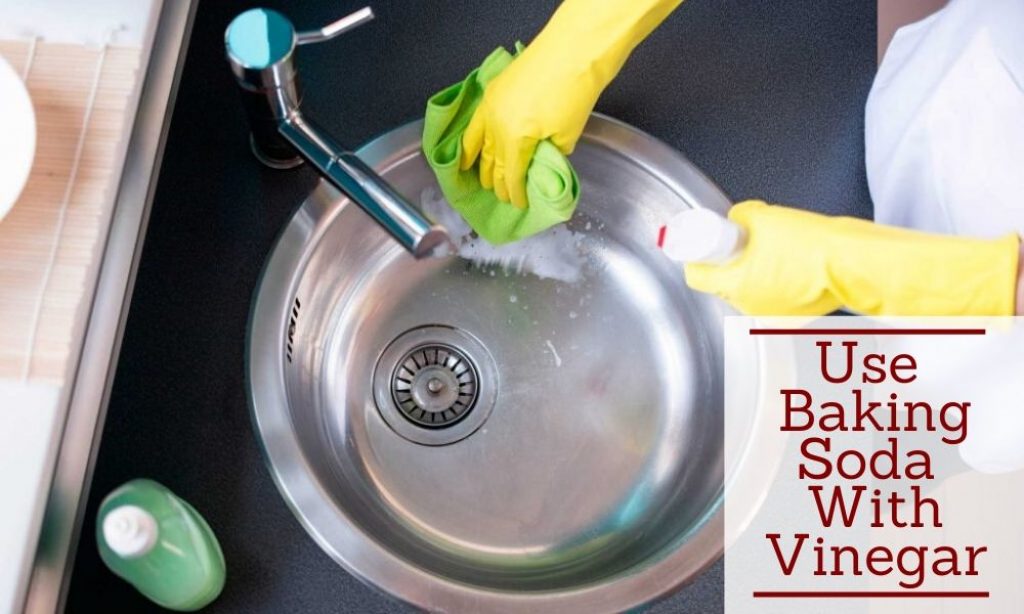
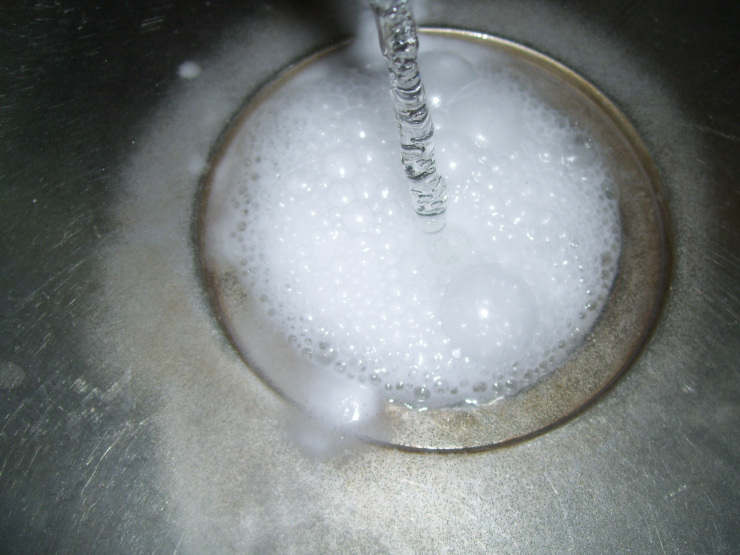
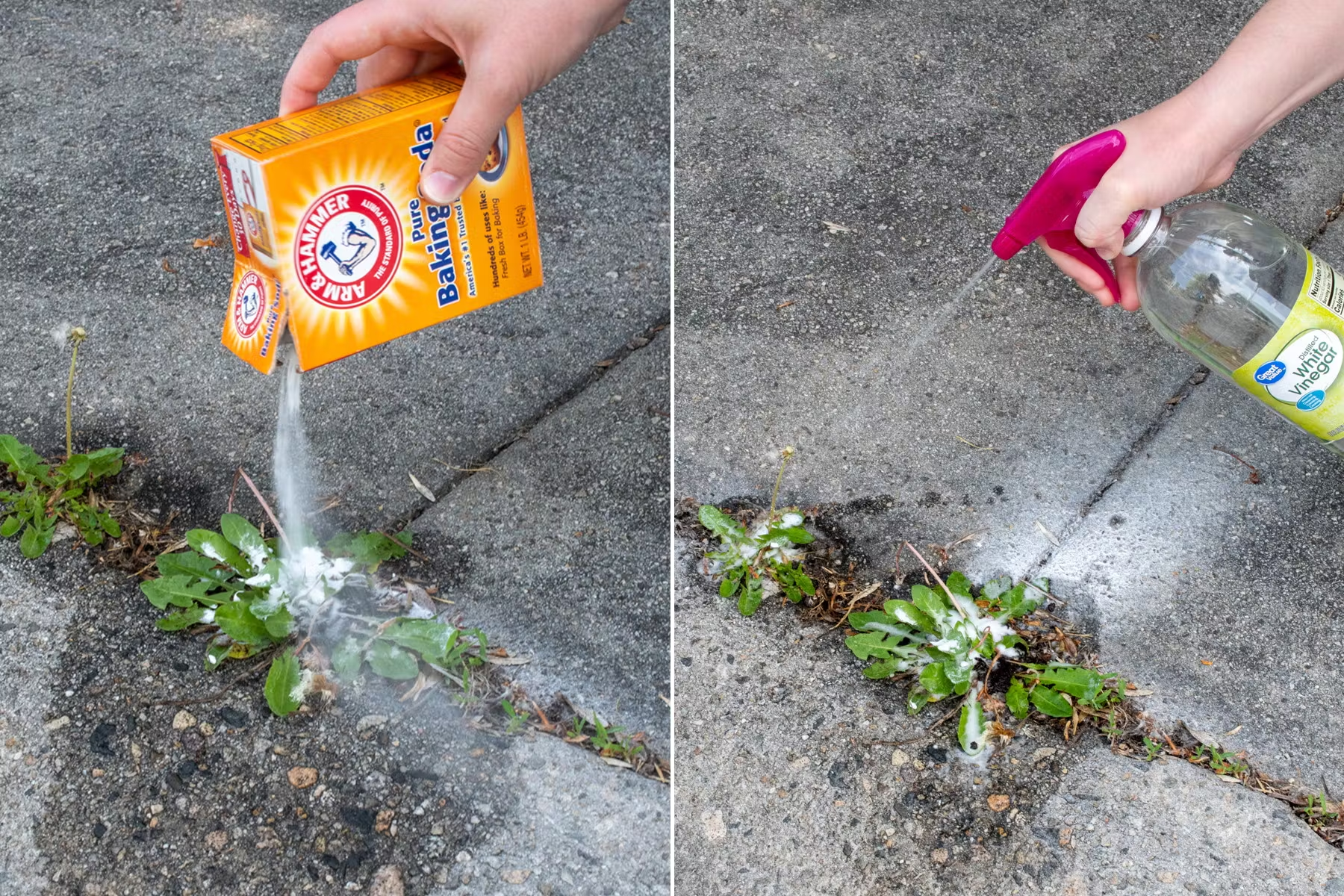
:max_bytes(150000):strip_icc()/plumber-unclogging-kitchen-sink-169270382-5810e7bb5f9b58564c5dd92b.jpg)



